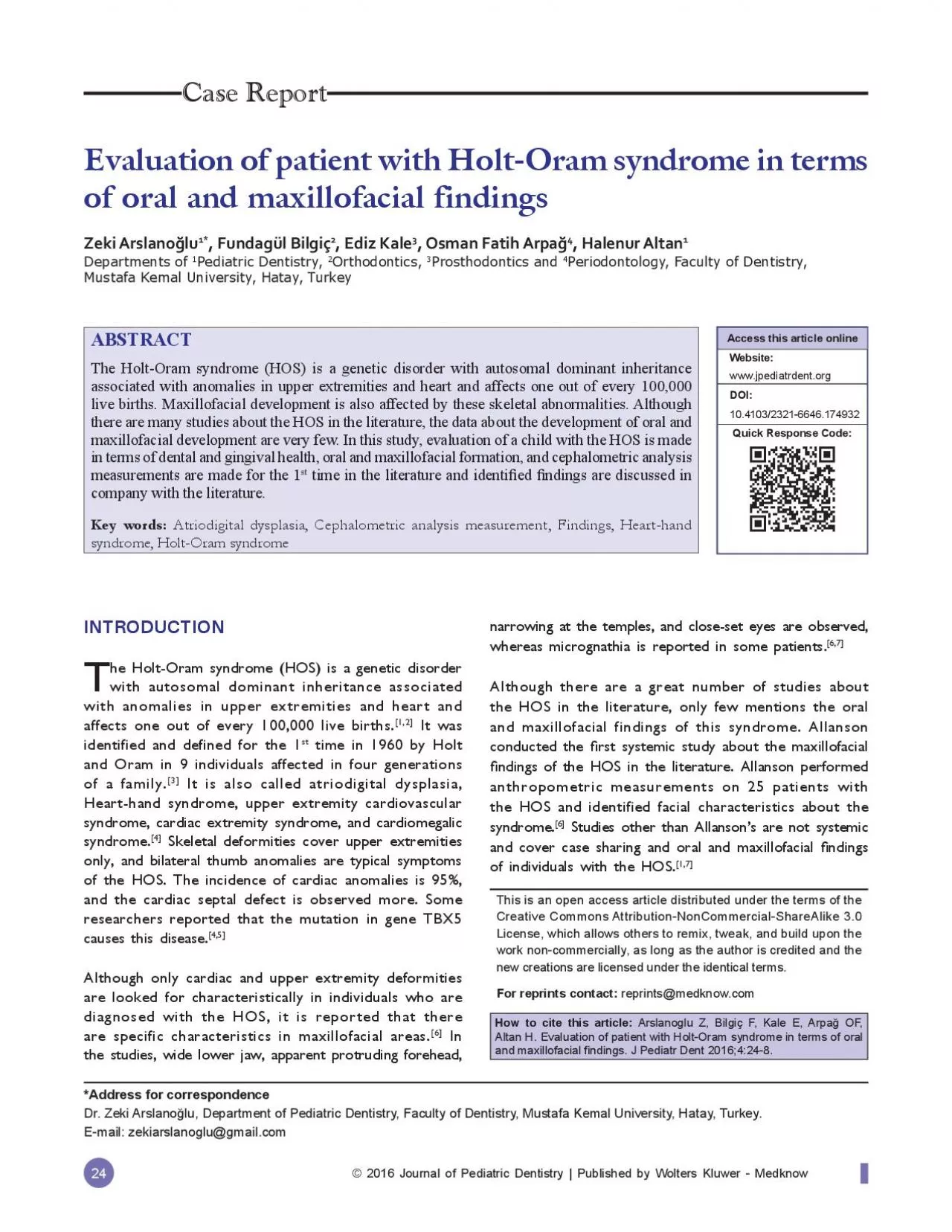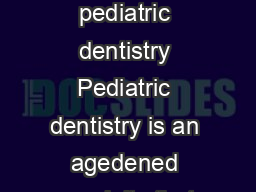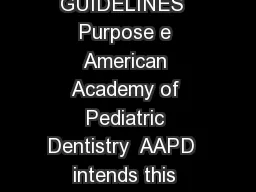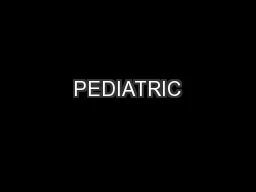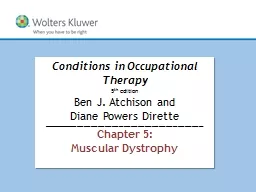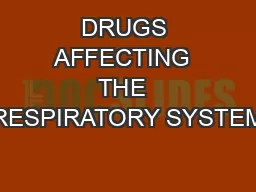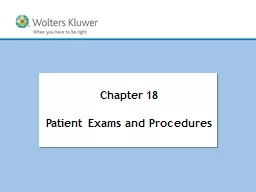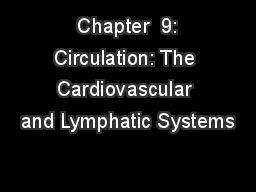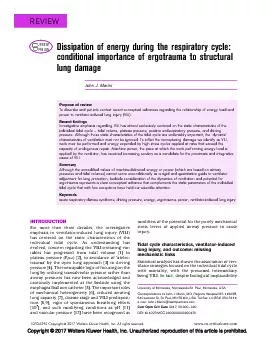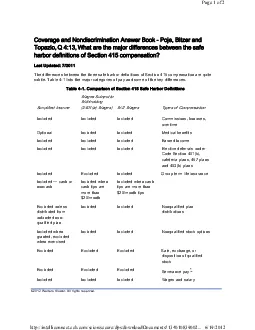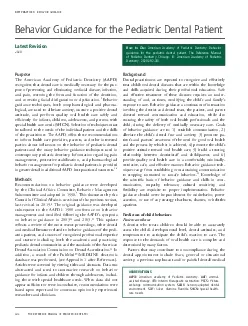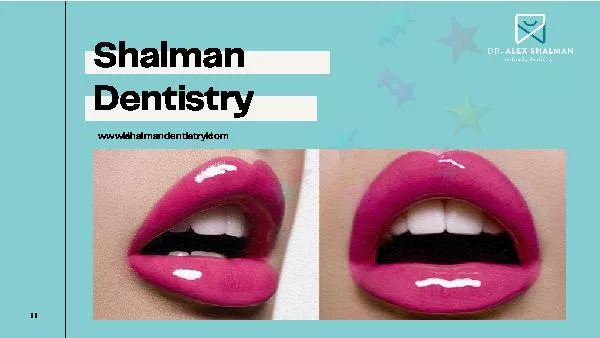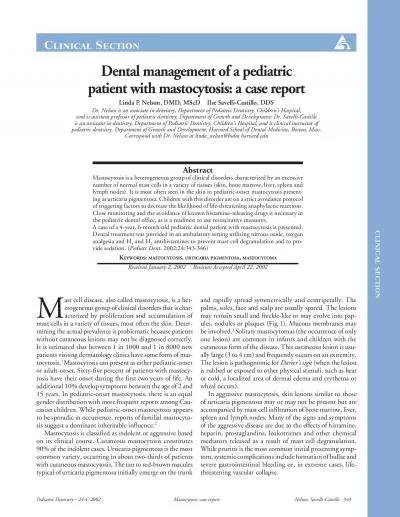PDF-2016 Journal of Pediatric Dentistry Published by Wolters Kluwer
Author : audrey | Published Date : 2022-08-16
24 Evaluation of patient with HoltOram syndrome in terms Osman Fatih Arpa Halenur AltanPediatric Dentistry Periodontology Faculty of Dentistry Mustafa Kemal University
Presentation Embed Code
Download Presentation
Download Presentation The PPT/PDF document "2016 Journal of Pediatric Dentistry Pub..." is the property of its rightful owner. Permission is granted to download and print the materials on this website for personal, non-commercial use only, and to display it on your personal computer provided you do not modify the materials and that you retain all copyright notices contained in the materials. By downloading content from our website, you accept the terms of this agreement.
2016 Journal of Pediatric Dentistry Published by Wolters Kluwer: Transcript
Download Rules Of Document
"2016 Journal of Pediatric Dentistry Published by Wolters Kluwer"The content belongs to its owner. You may download and print it for personal use, without modification, and keep all copyright notices. By downloading, you agree to these terms.
Related Documents

